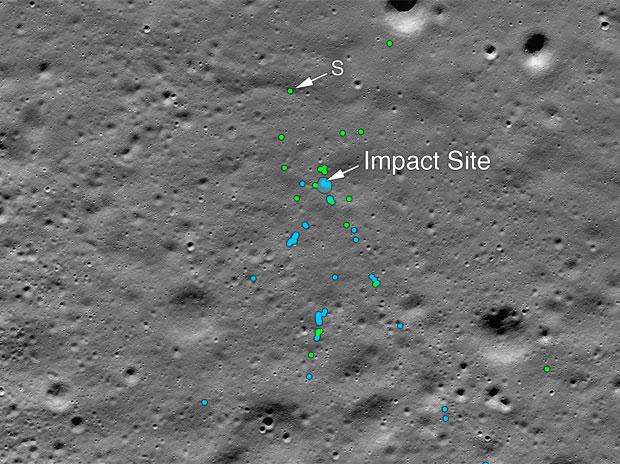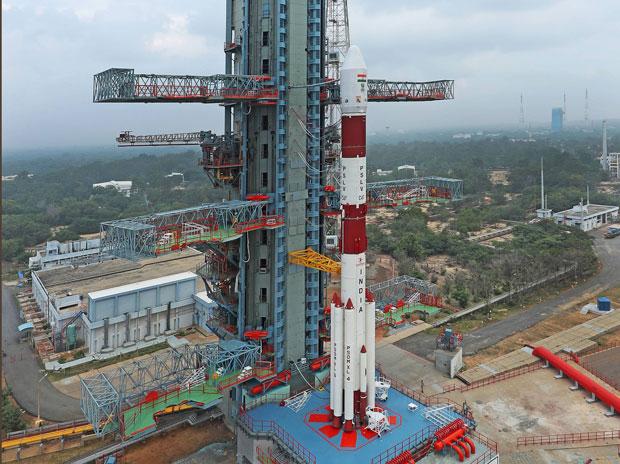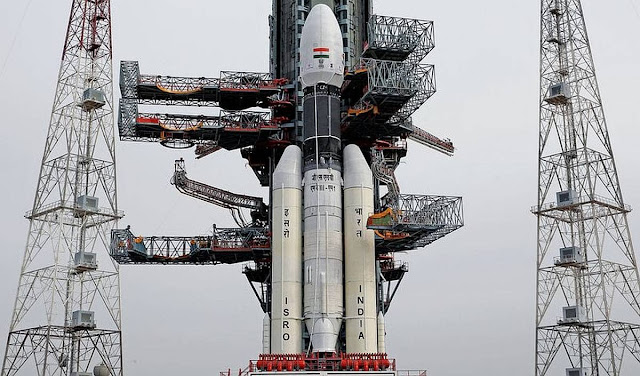ISRO seeks proposals for analysis, utilisation of Chandrayaan-2 data

The Indian Space Research Organisation has come out with an 'Announcement of Opportunity" (AO), seeking proposals towards scientific analysis and utilisation of data from all experiments of the Chandrayaan-2 orbiter. According to ISRO, the data from Chandrayaan-1 had been extensively used by Indian researchers to understand lunar morphology, surface age determination and composition of the lunar surface, studies on the possible presence of magmatic as well as exogenic water. "These studies have provided enhanced thoughtful views regarding lunar evolutionary processes", the Bengaluru-headquartered space agency said. "Such studies from Chandrayaan-1 have considerably expanded Indian lunar science community". To further strengthen the Indian research community for lunar science studies, Chandrayaan-2 orbiter payloads data are made available to public and scientific proposals are solicited for scientific analysis, it said. Chandrayaan-2 orbiter is cur...







